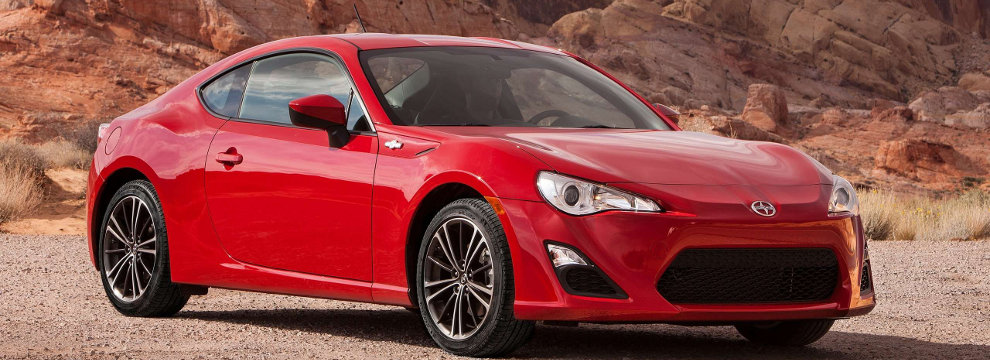
The Basic Types of Welding - Part I
Anyone who performs body repairs soon realizes that learning how to weld is essential if one is going to get serious about this type of work. Here is a brief overview of the most commonly used welding methods.
We know that any metal will start to melt if its temperature is raised high enough. In welding, two pieces of metal are put together at a point, with the welder using some extra metal to help produce the joint. After the weld is made and the metal cools, you end up with what appears to be one continuous piece of metal.
There are two basic methods to heat the metal sufficiently in order to produce a weld: electricity or high-temperature bottled gas.
Brazing is the easiest method of holding two pieces of metal together. Like fusion welding described above, two pieces of metal are held together and a bronze rod is melted using a flame. This holds the metal together fairly well, something between super glue and a fusion steel weld. For brazing, you can use either bottled gas or electricity to produce your heat. Note that brazing is fairly expense, primarily because of the cost of the bronze rods. Note too that "bronze" is only a descriptive phrase to describe the metal used for fusion in brazing. A "bronze" rod is actually made of the same substances as bronze or brass: copper and/or tin or zinc.
Electric arc welding equipment is the least expensive to purchase and the easiest to set up. This equipment includes the following: a transformer, or welding machine that changes regular household current to that needed for welding; and two heavy-duty cables leading from the transformer, one which has a welding rod and hand grip on the end and the other that has a grounding clamp that attaches to the work piece. The welder grips a steel welding rod with the handgrip/holder. When the power is ON, s/he touches the rod to the place on the piece where the weld is desired. This completes an electrical circuit. A bright electric arc jumps between the work piece and welding rod, and melts the steel at the end of the rod and at the point near the end of the rod on the piece. The weld then takes place. Arc welding is not good for welding thin metal because it usually melts right through it. (Direct-current arc welders are less prone to do this.) Use arc welding for general welding like brackets rather than body panel.
Carbon-arc brazing employs a special adapter at the end of the arc welder cable, which consists of two rods of carbon. The welder manipulates the two rods, which burn against each other as the arc forms. This forms the flame. A brazing rod is then fed into the area and the weld occurs.
Oxy-acetylene welding is the mainstay of auto body and repair people. A special torch mixes acetylene and oxygen to produce a very hot flame. The flame creates a pool of metal at the joint, and when this happens, a thin steel rod is fed in. The rod then melts and forms a fair thickness of metal around the joint. Do-it-yourself repair people are more often using this setup because handy kits are now available with smaller gas cylinders for convenience. Gas welding does not burn through metal panels and is good for brazing.
Continued on the link Basic Welding - Part II/Welding Safety.











